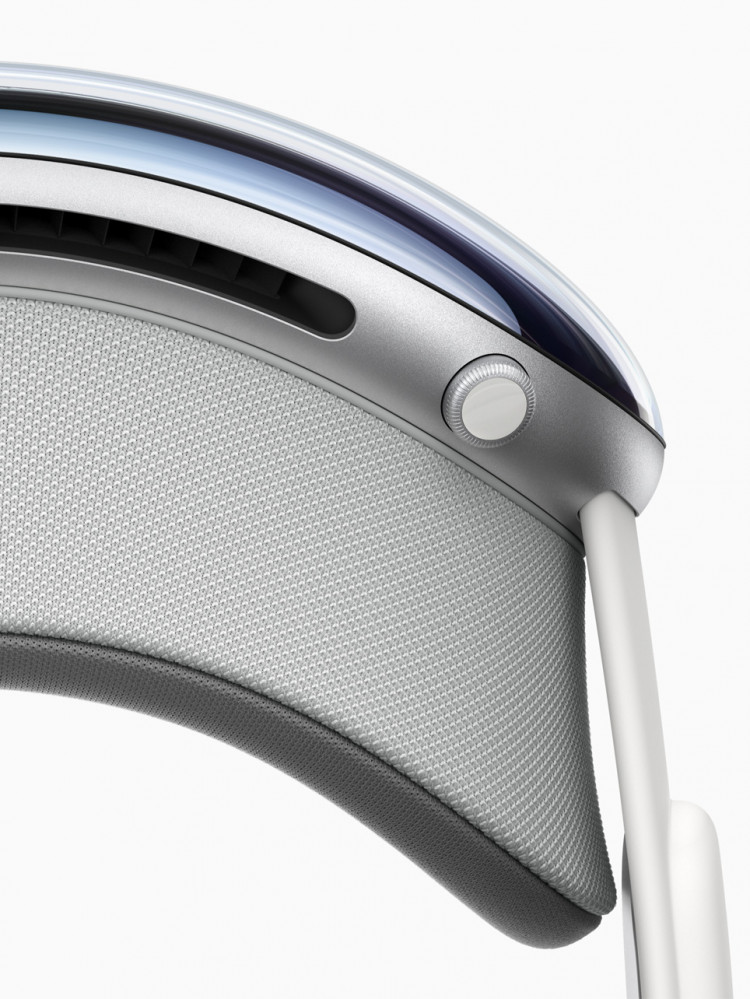Apple Inc. is forced to significantly cut down the production of its Vision Pro headset, a mixed reality (MR) device released on June 6 this year, to a ceiling of 400,000 units in 2024. The company's original aim was to achieve a shipment of one million units in the same year, according to the Financial Times on Monday. Apple's Chinese exclusive suppliers for certain parts of the Vision Pro reported that the tech giant requested an initial production of only between 130,000 to 150,000 units.
However, a representative from the MR equipment manufacturer, Centhre, reported that they had not received any information regarding Apple's preparation to reduce production.
After seven years of research and development, Apple launched the Vision Pro last month, hailed as the most significant product since the iPhone. Multiple sources familiar with the production process cited the headset's complex design and production difficulties, leading to the reduction of the target production volume and pushing back plans for a cheaper version.
Previous reports claimed that the entire screen of Apple's MR headset is a curved piece of glass, consisting of two micro OLED displays (one for each eye) and a curved outward "lens." Assembly workers found it challenging to manufacture the device due to the display screen's curvature.
Owing to its unconventional curved design, ultra-thin and ultra-light weight, the headset is the most complex hardware product Apple has ever created, making the device difficult to mass-produce, and pushing its retail price to $3,500.
Thus, even before the official release of the Vision Pro, analysts predicted that Apple's headset shipments in the first year would be less than 500,000 units.
Last month, Korean media TheElect also reported that Sony, the panel supplier for the Vision Pro, set the production limit for OLEDoS (Silicon-based OLED) to 900,000 units. Each Vision Pro contains two 1.4-inch micro OLEDoS screens, suggesting that Apple's Vision Pro shipments might not exceed 450,000 units next year.
TheElect quoted sources saying Sony could supply a maximum of 100,000 to 200,000 OLEDoS per quarter. Apple had asked Sony to expand its OLEDoS production capacity but was turned down.
Terushi Shimizu, the head of Sony's semiconductor division, stated in a recent media roundtable meeting that Sony is cautious about the expansion of the MR headset market and does not want to significantly increase production.
He expressed a measured approach towards the increased demand for micro OLED displays but didn't see Sony proactively producing on the same scale as image sensor chips.
Sony is currently building a new factory for image sensor chips to increase the production volume of chips used in smartphone cameras.
Analysts reported that due to Apple's reduction in production expectations, the headset device supply chain didn't receive a significant boost from Vision Pro.





